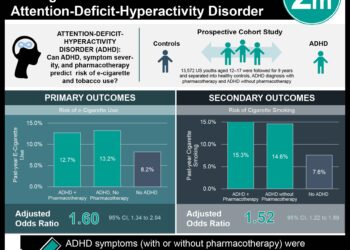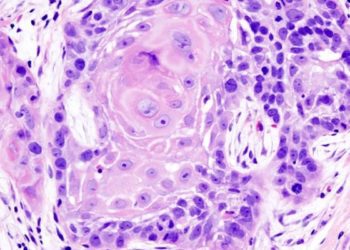USPTF recommends tobacco counseling for adolescents by primary care physicians
Image: PD
1. Based on a review of recent evidence, the U.S. Preventative Service Task Force (USPSTF) has released a statement recommending primary care clinician mediated interventions for the prevention of tobacco use in school-aged children and adolescents (Level B recommendation).
Evidence Rating Level: 2 (Good)
Study Rundown: The most common cause of preventable death in the United States is tobacco, and nearly a quarter of high school students report current use of tobacco. In 2003, the USPSTF found insufficient evidence to support routine smoking interventions in children or adolescents. Unfortunately, the evidence for primary care physician-based interventions is extremely limited or entirely absent with regards to both smoking cessation and prevention. However, a recent meta-analysis of behavioral interventions described a statistically significant, absolute risk reduction of 2% rate of smoking initiation. Other meta-analyses of behavioral interventions to promote smoking cessation, primary care delivered or community-based, found non-statistically significant and marginal efficacy, respectively. Based on a review of these meta-analyses compiling the evidence of behavioral interventions, the USPSTF has concluded that primary care physicians should educate and counsel school-aged children and adolescents with regards to smoking prevention and cessation.
Click to read the study, published today in the Annals of Internal Medicine
In-Depth [recommendation statement]: The USPSTF reviewed evidence regarding the effectiveness of behavioral intervention to reduce smoking initiation and increase smoking cessation. In either case, most of the evidence was not from primary care physician interventions. A pooled meta-analysis of 9 trials (n=26,624) showed that those with treatment had a statistically significant decrease in the risk of smoking initiation, with a relative risk ratio of 0.81 [CI, 0.70 to 0.93], and an absolute risk reduction of 2%. Two additional meta-analyses of smoking cessation data were also examined. The first, a pooled meta-analysis of 7 trials (n=2328), did not find a statistically significant effect of intervention on increasing smoking cessation. The second, in a meta-analysis of 64 trials mostly school-based, determined that treatment resulted in a 11.8% cessation rate, compared to 7.5% in the control group. Overall, the efficacy of treatment determined by the meta-analyses is small, likely confounded by the diversity between the individual studies. Specifically, there is concern regarding the heterogeneity in time to follow-up, intervention type, and definition of smoking status. The USPSTF also considered the major potential harm associated with primary care intervention, an increased rate of smoking initiation reported in some trials, although the results are not statistically significant.
By Sai Folmsbee and Aimee Li, MD
More from this author: Combination therapy with tofacitinib improves response in rheumatoid arthritis
© 2013 2minutemedicine.com. All rights reserved. No works may be reproduced without expressed written consent from 2minutemedicine.com. Disclaimer: We present factual information directly from peer reviewed medical journals. No post should be construed as medical advice and is not intended as such by the authors, editors, staff or by 2minutemedicine.com. PLEASE SEE A HEALTHCARE PROVIDER IN YOUR AREA IF YOU SEEK MEDICAL ADVICE OF ANY SORT.








